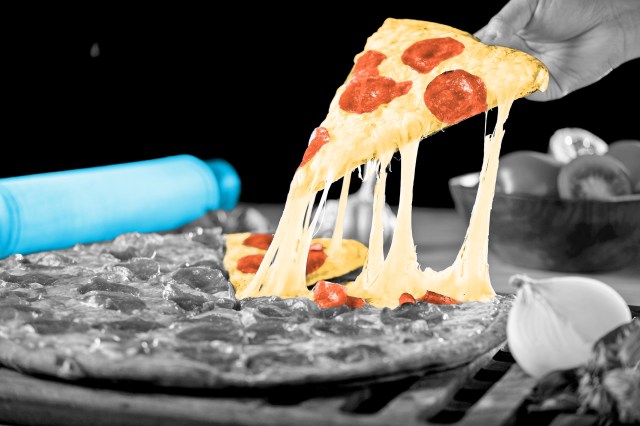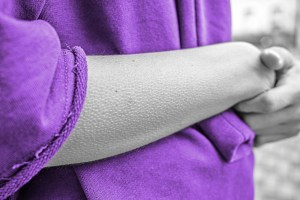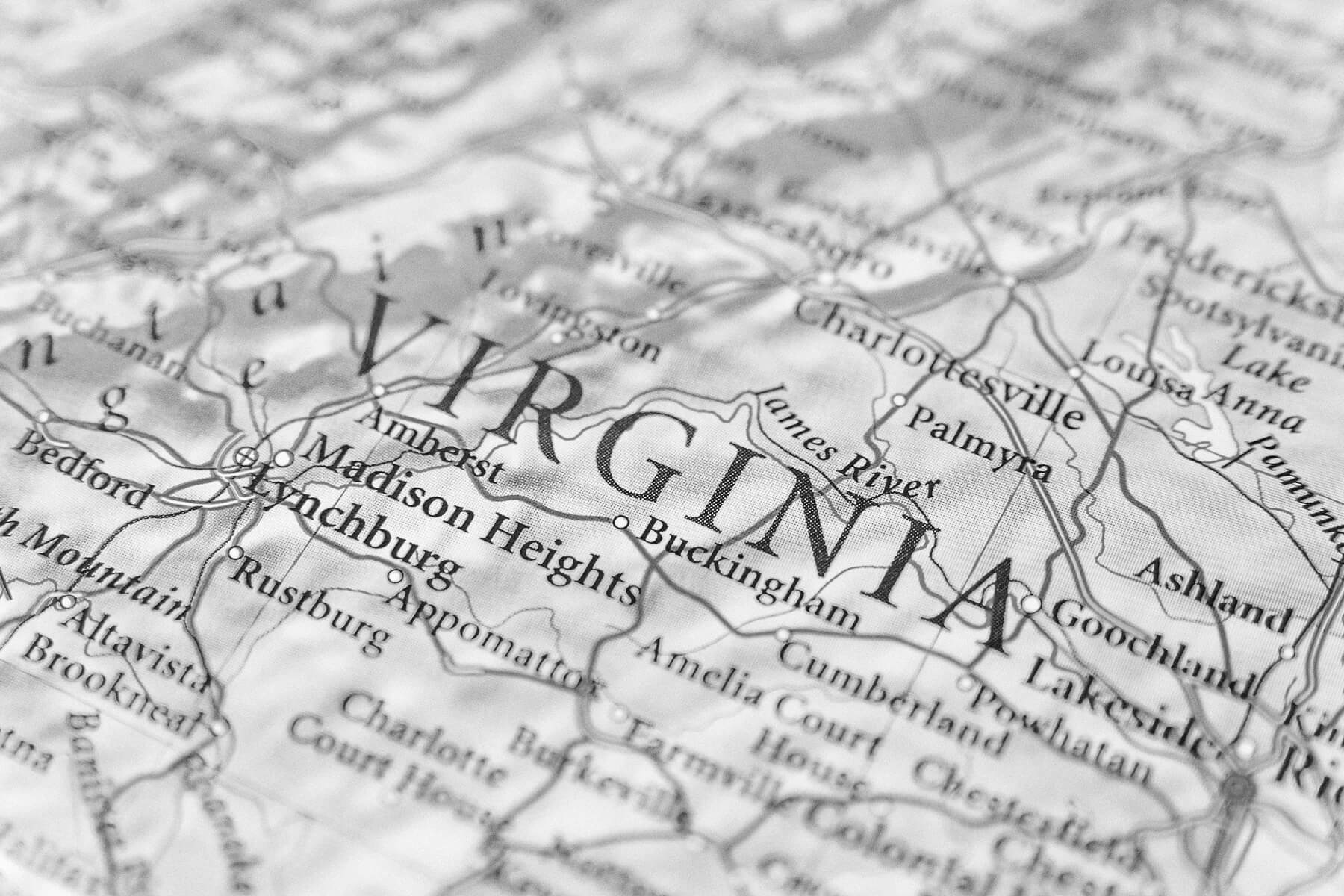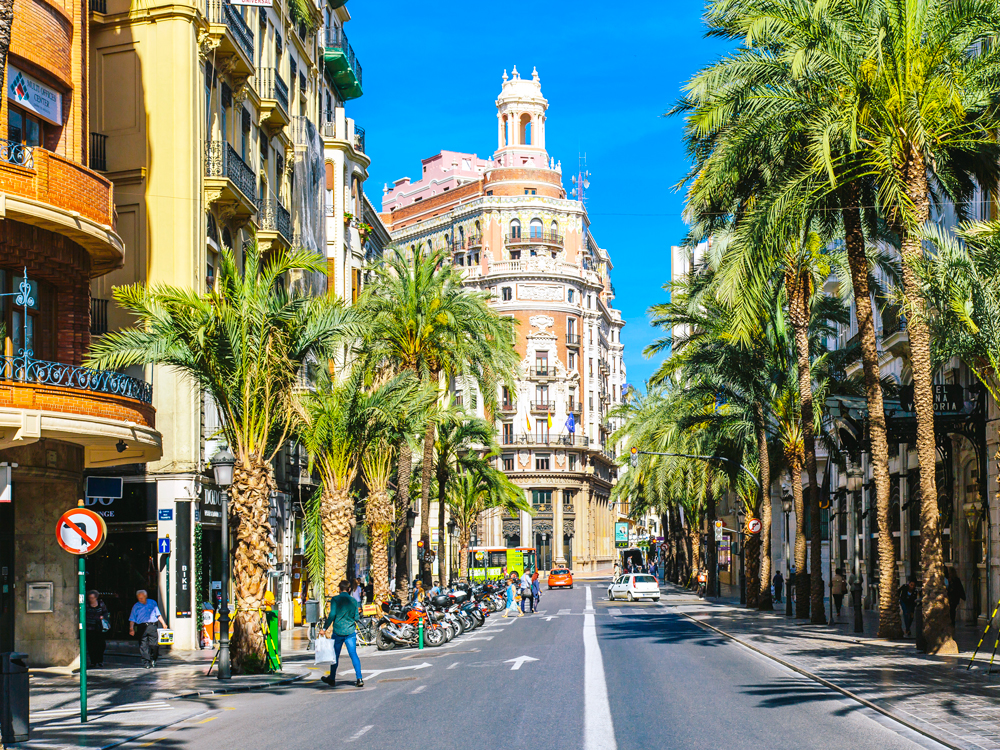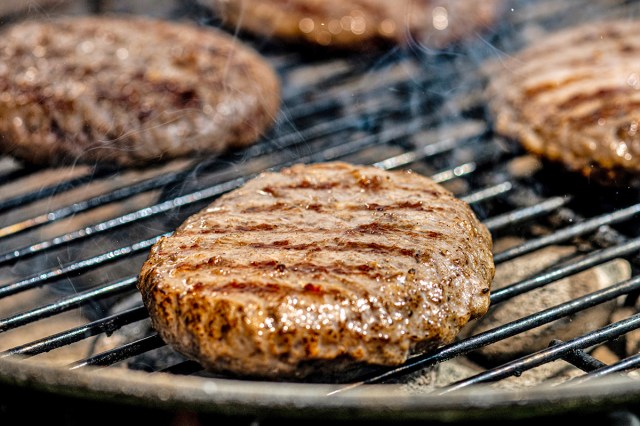
Manufactured Grill Marks
Fast-food burgers may not live up to the expectations set by their advertisements, and that’s because those on-screen versions are often inedible.
The production company The Garage revealed its secrets for creating mouthwatering burgers and other foods to Business Insider during a behind-the-scenes test shoot for Burger King. To create the perfect burger, food stylists start with a real patty, but that patty isn’t cooked on a traditional fast-food grill.
First, it’s partially cooked in a skillet, leaving the inside raw to prevent shrinkage. A mixture of pulverized meat and Vaseline is used to fill any gaps in the patty. Then, to achieve a rich, grilled look, it’s painted with a mixture of gravy, darkener, and soap — though most food stylists use their own custom blend.
Once the patty is the right color, grill marks are added using heated metal skewers to create perfectly spaced lines. When it’s time to add cheese, a clothes steamer provides the right amount of heat and moisture for a deliciously melted look. Finally, the burger is finished off with other toppings, all fixed together with denture cream for a picture-perfect shape.
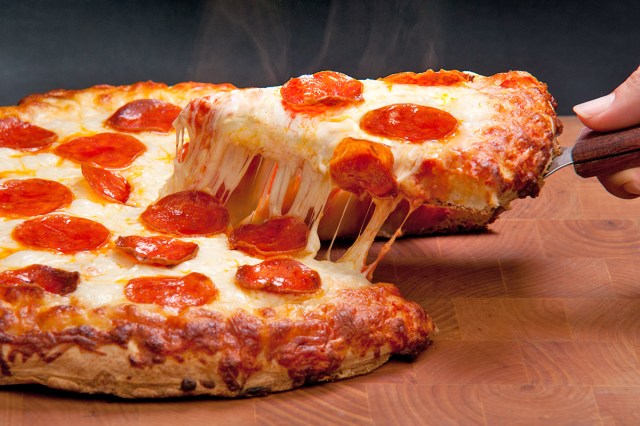
Carefully Engineered Cheese Pulls
That gloriously gooey “cheese pull” you see in pizza commercials is no accident. Chef and food stylist Lish Steiling explained the mechanics of this effect to Vanity Fair using a Pizza Hut shoot as an example. And the process is quite different from the way a traditional pizza is made.
Food stylists begin by baking a plain pizza crust without any toppings before cutting it into the desired slice shapes for the shoot. Only after that do they add the toppings and cheese. This clever method prevents any cutting through the freshly melted cheese, which preserves that dramatic, satisfying stretch.
Steiling emphasizes that the best cheese to use for this trick is fresh mozzarella, as pre-shredded cheeses contain anti-caking agents that can hinder the desirable look. As she explains, “It gives you that amplified stretch that you want in a commercial.”
And here’s another saucy secret: Paper towels are sometimes tucked between the tomato sauce and the cheese to prevent the sauce from leaking and ruining the cheese pull.
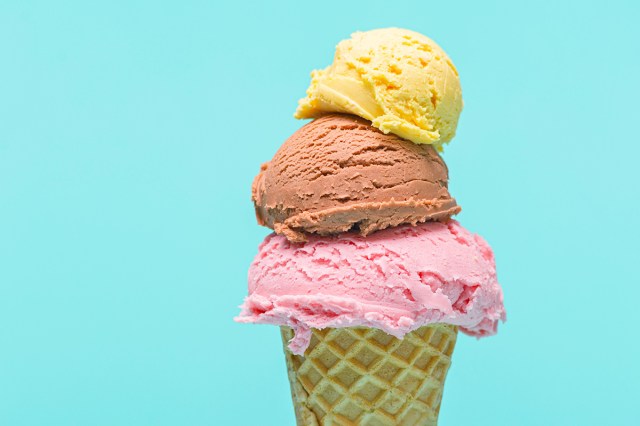
Ice Cream That Never Melts
Ice cream can melt within minutes under hot studio lights, so savvy stylists have had to devise some clever, edible alternatives for this sweet treat. Food stylist Diana Jeffra, who specializes in commercials and food packaging, shared some of her top secrets with Good Morning America, including an interesting hack for creating “ice cream.”
Instead of racing against the clock, Jeffra buys production more time by using food products that don’t melt. She says, “Overall, I like to use real products and real food as much as I can, but sometimes you need to improvise.” Her recipe for creating a few perfect scoops of “ice cream” consists of two tubs of ready-made frosting and one pound of powdered sugar. The result is a creamy, scoopable texture that looks identical to real ice cream but holds its shape for hours.
Food stylists, including Jeffra, often need to replicate other tricky dairy products as well. Her faux chocolate milkshake, for instance, is made by mixing chocolate syrup and instant mashed potatoes. This thick mixture tricks viewers into believing they’re really looking at a delicious frosty milkshake on their screen instead of a rather unappetizing concoction of chocolate-flavored potatoes.
More Interesting Reads
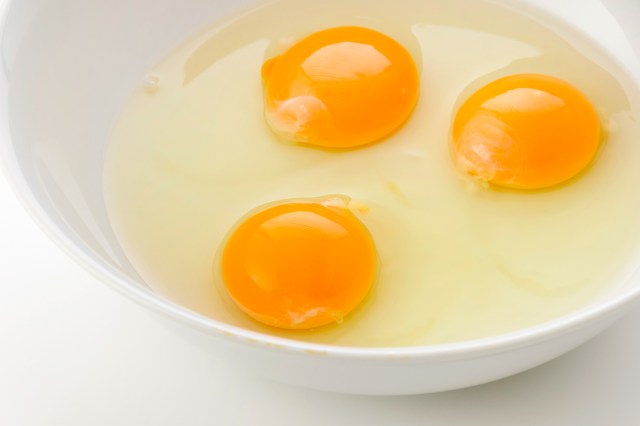
Fruit Instead of Egg Yolks
Delicate foods are challenging to work with, especially on film; Hollywood food stylists not only need to prepare those foods, but they also must do so in large quantities due to the multiple takes required during filming.
For example, in the horror movie Midsommar, chef and food stylist Zoe Hegedus had to create hundreds of dishes featuring egg yolks for an outdoor festival scene, but using real yolks posed several challenges. They dried out quickly under the hot sun, several cast members were also allergic to them.
To mitigate those issues, Hegedus got creative by shaping a mixture of mango and orange into frozen spheres, which she then dropped into a special solution to form a thin membrane around them, replicating the glossy look of a real egg yolk. The difference between the real and fake yolks is undetectable on screen.
Another food styling trick Hegedus used during filming involved spraying a mixture of water and oil on foods, such as the vegetables and fruits surrounding the egg yolks in the festival dish, to help them appear fresher for longer — a trick that’s a go-to for many food stylists.
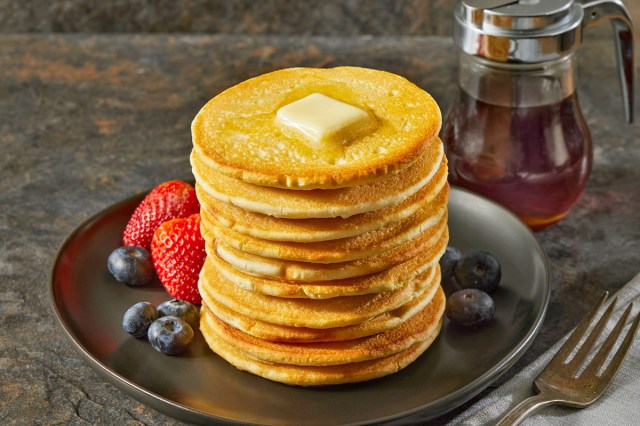
Cardboard Pancake Stacks
No one likes a mushy pile of pancakes, and writer and food stylist Lisa Bolton has shared some of her best tips for capturing the perfect stack. One particularly effective technique many food stylists use is layering with cardboard.
Bolton recommends cutting small discs to place between each pancake (the trick also works for waffles and crepes) to create a perkier, sturdier stack. This method works best with cold pancakes, as hot foods tend to sag.
Bolton also suggests adding dry toppings such as powdered sugar, fruit, and nuts first. It’s best to wait to add wet toppings including syrup and whipped cream until just before shooting to avoid a melted, soggy mess.

